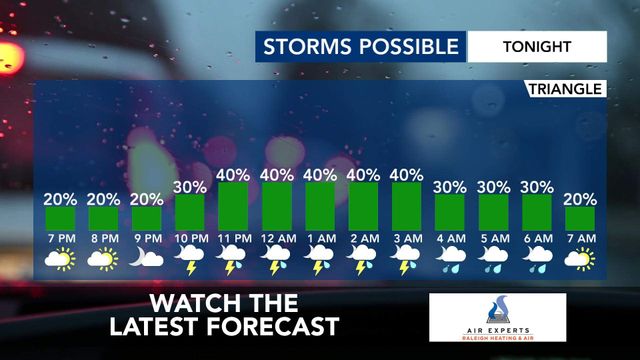Duke Energy has been biggest leaker of any US utility company for six of the last 11 years, EPA records show
At Duke Energy substations across North Carolina and South Carolina, a destructive greenhouse gas is leaking into the atmosphere at an alarming rate.
Sulfur hexafluoride (SF6) is one of the most potent and longest-lasting climate pollutants, known as "the immortals" because the molecules can in the atmosphere for thousands of years. A single pound of SF6 can heat the planet more than 25,000 pounds of carbon dioxide.
"Every bit of it that we put out is important because it's so incredibly powerful," Duke University earth sciences professor Drew Shindell said.
SF6 was once used to fill tennis balls and race car tires but is primarily used by energy utilities for voltage electrical insulation.
“This is such an important gas that we use to provide safety in our system and make sure that the equipment operates the way it should,” Duke Energy spokesperson Jeff Brooks said.
According to EPA records reviewed by Inside Climate News, Duke Energy has been the biggest leaker of any utility company in the U.S. for six of the last 11 years.
In 2020, Duke Energy leaked nearly 11 tons of SF6 in North Carolina and South Carolina alone, releasing about as much greenhouse gas pollution as 60,000 vehicles,
Brooks said Duke Energy is currently upgrading equipment to control excessive leaks while it explores more climate-friendly options for electrical insulation.
"It's only .03% of our whole greenhouse gas inventory," Brooks said. "When you compare that to carbon, we are working more aggressively to reduce our carbon footprint."
Experts, including Shindell, say that while gases like CO2 and methane are not as potent as FS6, they are a bigger priority in the fight against climate change because of the volume of gases released.
"We shouldn't ignore gases like SF6 though, because they remain in the environment for so long," Shindell said.
The use of SF6 is expected to rise as electrical grids expand.

Duke Energy did not provide a concrete timeline for equipment upgrades to control SF6 emissions, but said it plans to reach carbon net-zero by 2050.
Peer utilities have participated in the EPA's voluntary emissions reduction program for decades. Duke Energy is not currently participating, but Brooks said the company is reevaluating it.
WRAL's Climate in Crisis reporting is supported by a partnership with 1Earth Fund and Journalism Funding Partners.









